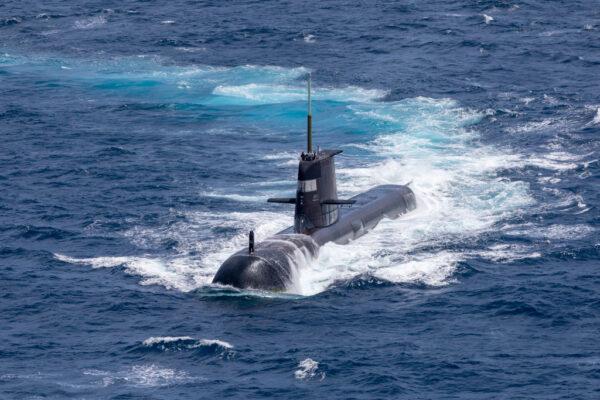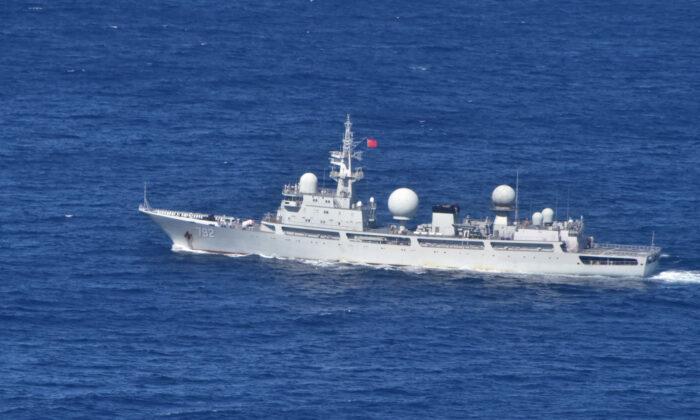In its first budget in nearly a decade, Australia’s Labor government has announced it will follow through with the previous government’s pledge to spend $270 billion (US$174billion) in military capability upgrades by 2030.
Under the new budget, defence spending will rise to $48.7 billion this year and eventually reach over two percent of GDP, a level not seen since the late 1990s.
The $270 billion defence spending will include the procurement of nuclear-powered submarines under the AUKUS security treaty, a trilateral security pact between Australia, the UK, and the United States, as well as hypersonic missiles, advanced cyber and artificial intelligence capabilities, ground defence missile systems, and drone air and sea warfare, reported The Daily Telegraph.
At the same time, the budget allows for a significant increase in available flight hours for all RAAF and RAN military aircraft, including Australia’s leading F-35 strike fighter.
Their operations will almost double to 12,500 flight hours over the next 12 months, while more ANZAC class frigates and Hobart class destroyers will sail into the sea.
In addition, Australia has emphasized increased aerial surveillance, and the P-8A Poseidon fleet will make greater efforts to carry out intelligence-gathering missions in the region.
Treasurer Jim Chalmers said that the budget would allow Australia to restore its place in the region as a “diligent and dependable partner.”

Pacific To Receive Increased Funding
The budget also spells out the urgency the federal government is feeling to shape Australia’s strategic direction and deter actions that infringe on the national interest. This will include over $147 million to advance security and engagement in the region, including the establishment of the Australian Pacific Defence Academy and multinational military and police training.Response to Beijing’s Threat in the Pacific
The budget comes amid a growing international concern over a potential attack on Taiwan by China after the 20th National Congress of the Chinese Communist Party (CCP), a congress held every five years.
While China was not mentioned in the joint declaration, the move appeared to be a response to the CCP’s growing military presence in the Indo-Pacific and provocations against Taiwan.

Nearly Half of Aussies Support Defending Taiwan
Meanwhile, a new poll shows that almost one in two Australians support Australia sending troops to help defend Taiwan in the event of an invasion by Beijing, a much higher percentage of the population than in Japan and the United States.Susie Su, a senior Taiwanese journalist, based in Sydney, believes that it’s mainly because Australia and Taiwan share the same values of freedom, democracy, and human rights.
“In fact, Taiwan and Australia do not have formal diplomatic relations, and the population of Taiwanese immigrants in Australia is far less than that of Chinese,” Su told The Epoch Times.
“The main thing that binds them together is values. The more democratic and liberal a country is, the better it is at identifying which [other countries] are more democratic and liberal. Such recognition is mutual.”

Su referred to the latest farce at the communist party’s congress.
“This gives the world a shadow of Nazi dictatorship on the horizon, and Australia is no exception.”
“Since Australia has the AUKUS military alliance with the UK and the U.S, and the Quadrilateral Security Dialogue with the U.S., Japan, and India, it can be seen that Australia has already clearly understood its role in the security issues in the Asia-Pacific region.




